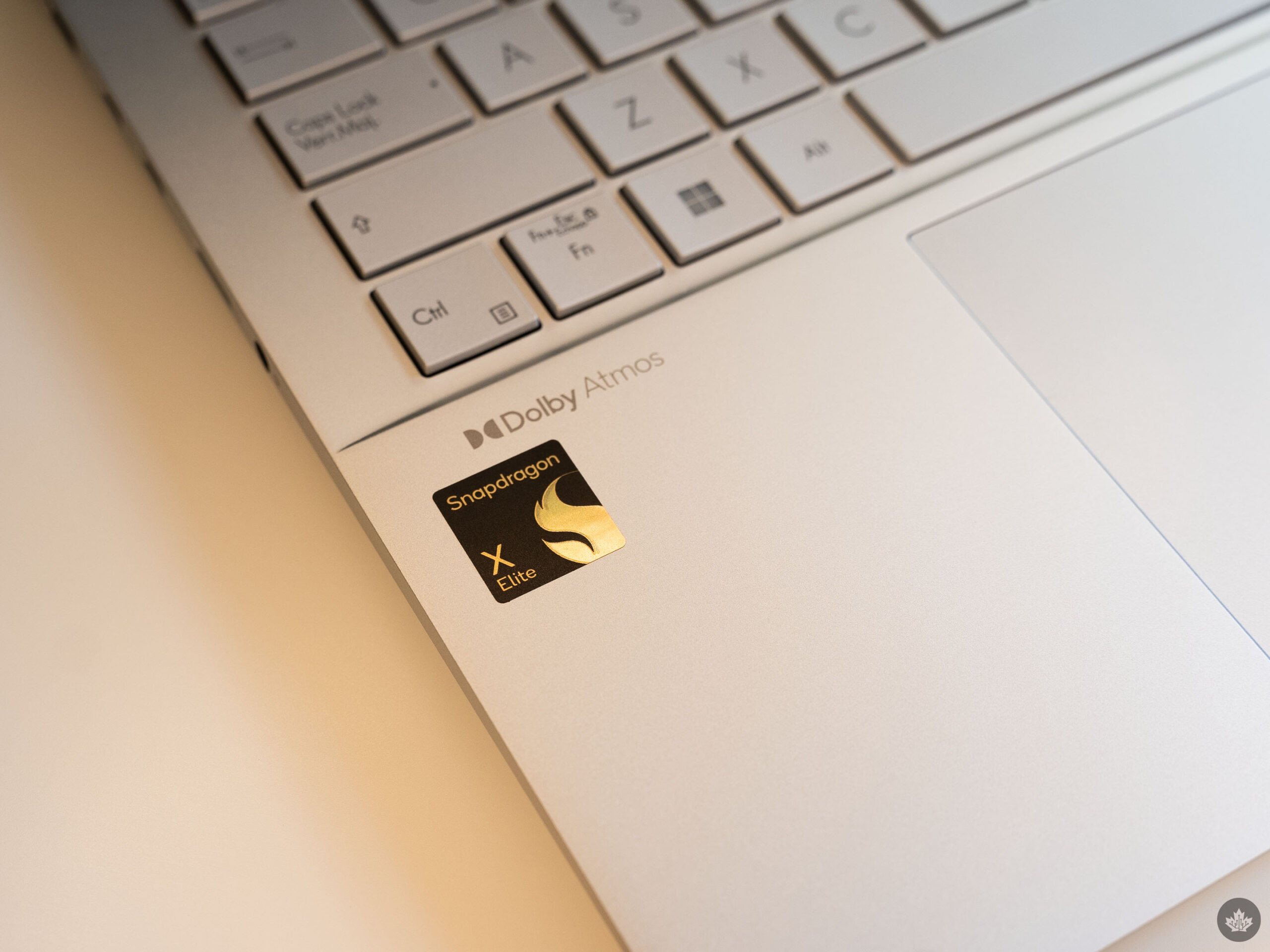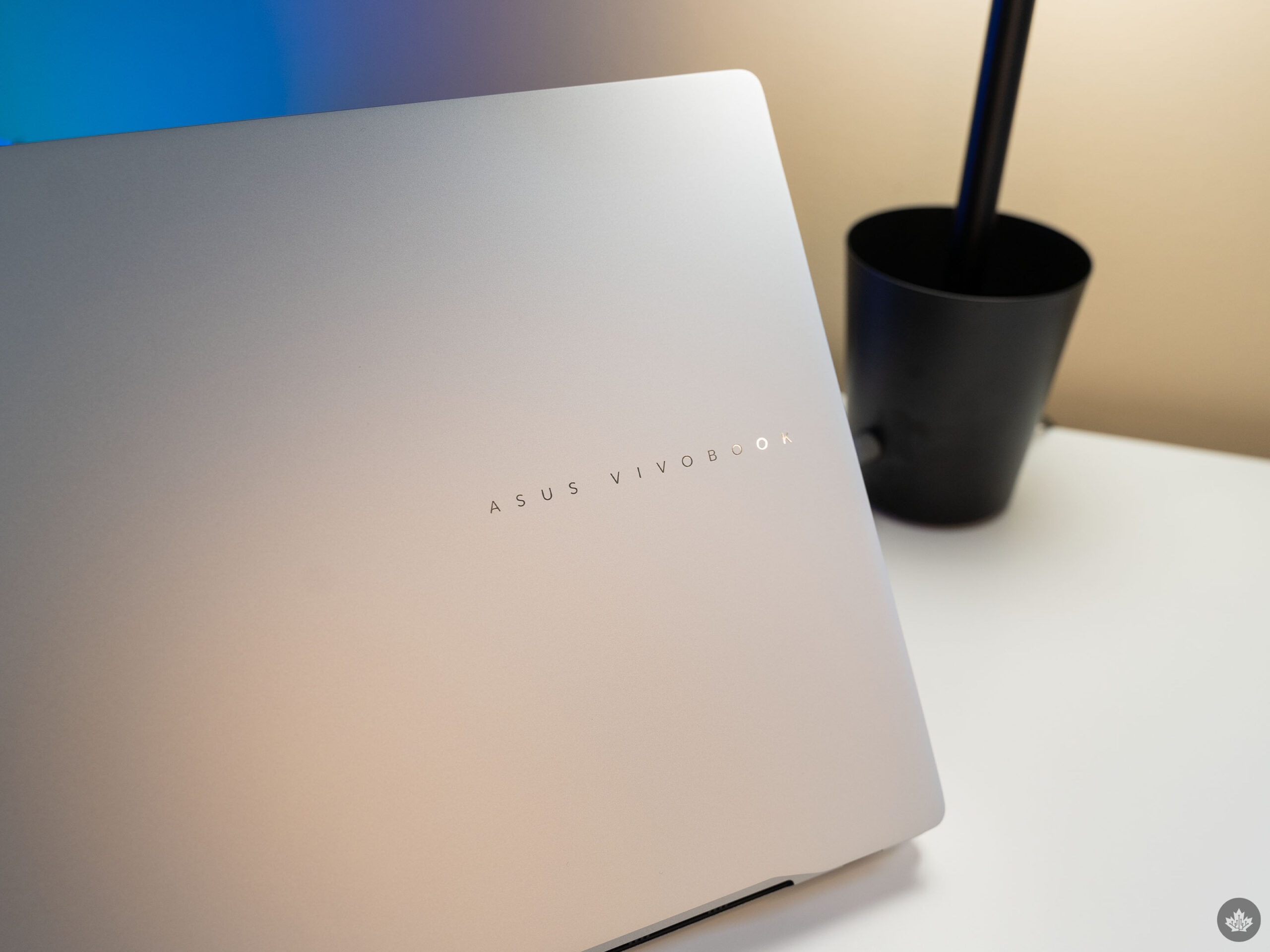
Laptops sporting Qualcomm’s new Snapdragon X Elite and Plus chips are finally available starting June 18th after months of waiting. Unfortunately, I haven’t had as much time to test out the X Elite as I’d like, but I wanted to get some early impressions up for the embargo lift while I continue putting the chip through its paces. And my initial thoughts? X Elite is good, but I don’t think it lives up to the hype.
First, let’s run through what I’m using. Asus sent me a Vivobook S 15 to test out, which so far has been my only experience with the X Elite. I’m definitely curious to see how it fares in other devices, especially since Asus told me it cranked the CPU to 45W, more than other manufacturers did. The Vivobook S 15 I tried also had 16GB of RAM. That’s about all I need to say about Vivobook specs for now, but definitely stay tuned to learn more when my full Vivobook S 15 review drops in the coming weeks.
The other caveats I need to get out of the way are that I’ve spent less than a week with the Vivobook S 15 and that I decided not to do any specific benchmarking because the laptop is running an older version of Windows as the latest update drops on June 18th as well, the day my embargo lifts. There shouldn’t be any significant differences between the current software and the new update, so I’m comfortable sharing these initial impressions, but I decided it was best to delay my more rigorous testing. Plus, I was waiting to see what impact Recall might have, but that’s no longer dropping with the June 18th update.
Battery life a mixed bag…

My initial experience with the X Elite was fairly disappointing since it didn’t live up to the battery life promises made by Qualcomm, Microsoft and others. I was able to burn through about 70 percent battery life in roughly four hours, which frankly isn’t much better (and in some cases, worse) than x86 chips I’ve tried from Intel and AMD. However, after fiddling with some settings, the battery life improved significantly.
Notably, the only two things I changed were switching the laptop’s display from 120Hz to 60Hz (120Hz was on by default), and I didn’t connect the laptop to a secondary display. I almost exclusively use a second display when I work, so the first few days I was testing the battery, I had an external display connected. With no external display and the laptop’s built-in screen locked to 60Hz, the laptop lasted about seven hours to burn through the same 70 percent battery. I decided to plug it in there, but with the battery saver on, you could probably get another two or three hours more. I suspect the 120Hz display is more of a culprit than the external display, given that on days when I used the laptop on my commute into the office, I still had disappointing battery life despite not connecting a monitor.
While it shouldn’t come as much of a surprise that you need to disable some power-hungry features to improve battery life, I was a bit disappointed I could enjoy the higher refresh-rate display. Perhaps a variable rate display would be better. Regardless, I’m willing to trade 120Hz for the much-improved battery life at 60Hz, though I’ll need to do more testing.
… but performance is solid

Moving onto performance, it’s worth noting that I ran the Vivobook S 15 in Windows’ ‘Best power efficiency’ setting, something I almost never did with x86 machines since the tradeoff resulted in very poor performance across the board. However, with the X Elite, I noticed virtually no difference between ‘Best power efficiency’ on battery and ‘Best performance’ when plugged in, a testament to the power efficiency of the X Elite compared to x86 chips. Moreover, all this happened without the Vivobook S 15 getting uncomfortably hot. Under heavy loads, it definitely warmed up, but it never got as hot as other Windows laptops I’ve tried.
Speaking of performance, I also encountered no significant issues with apps. I’m not sure how much of this comes down to increased support for ARM chips versus the X Elite just being significantly better than Qualcomm’s previous hardware. Most of my testing so far used the ARM version of Microsoft Edge and Photoshop, both of which worked great with no issues.
Surprisingly, the only app that did give me a bit of trouble was Slack, which had a weird input delay that would see the app take one or two seconds to show what I was typing or to send a message. The app was usable, but the delay became very irritating. The Windows Store indicated that Slack was compatible with my system but I suspect it didn’t actually download the ARM version of the app since when I manually downloaded it from the Slack website, it worked fine. Slack’s ARM app only just came out in beta recently, so perhaps that’s why the Windows Store version was so janky.
Ultimately, my early impressions of the X Elite are mostly positive. Battery life is a small improvement over x86 chips, though how much depends on what features you choose to run or disable. On the other hand, performance is pretty good and, so far in my testing, comparable to x86 chips with minimal issues. That said, users should expect a few kinks from Windows on ARM since it seems Microsoft hasn’t yet worked everything out. There’s still obviously lots of testing to do, but it looks like the X Elite will finally breathe some life into Windows on ARM and bring much-needed improvements to battery life to Windows laptops. It’s not quite the home run that was advertised, but it’s a definite improvement.
Stay tuned to MobileSyrup in the coming weeks for reviews of the Vivobook S 15 as well as other Copilot+PC devices from HP, Microsoft and more.
MobileSyrup may earn a commission from purchases made via our links, which helps fund the journalism we provide free on our website. These links do not influence our editorial content. Support us here.


